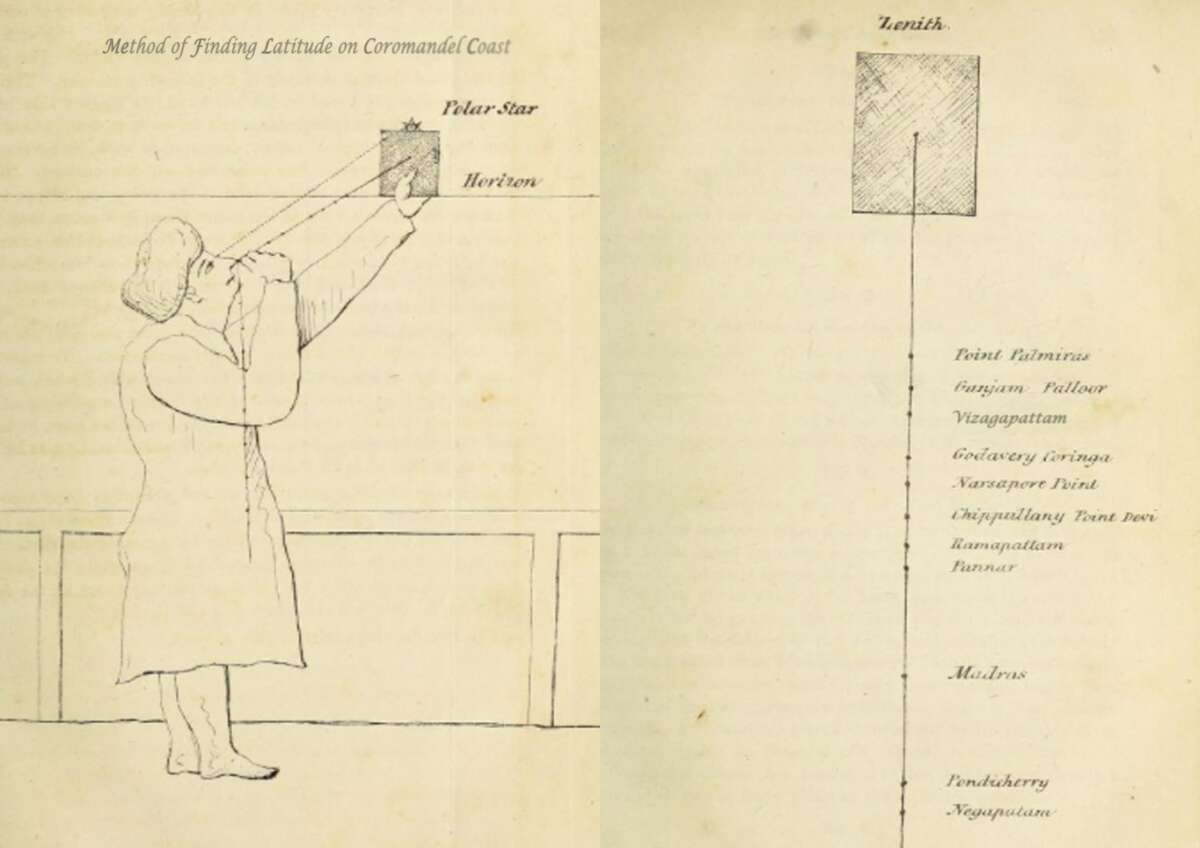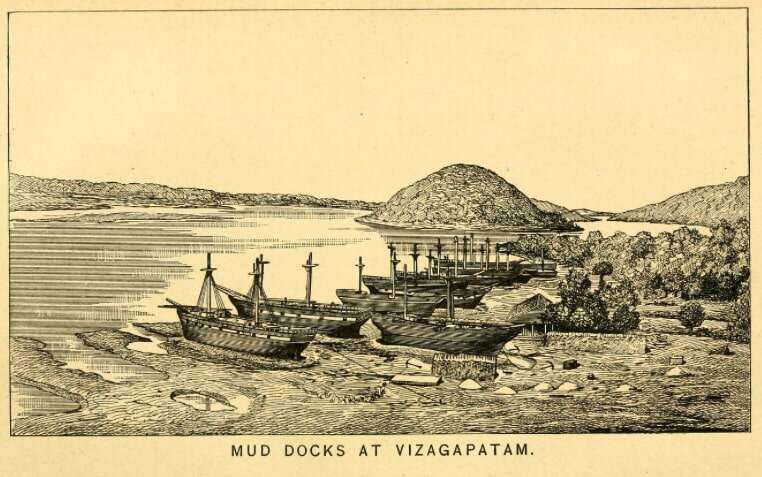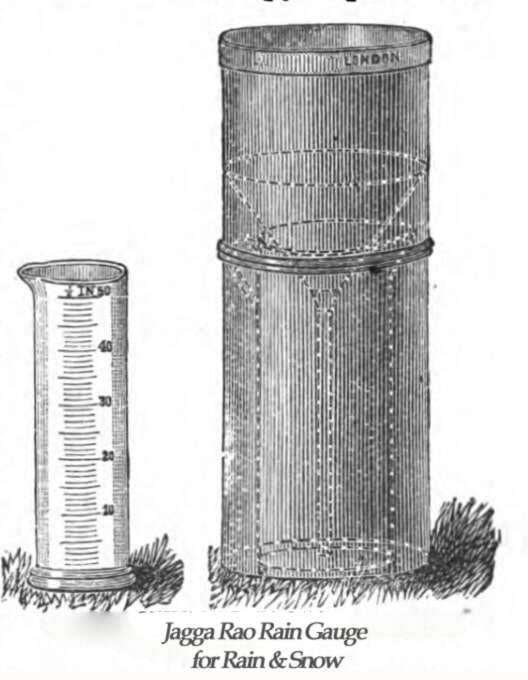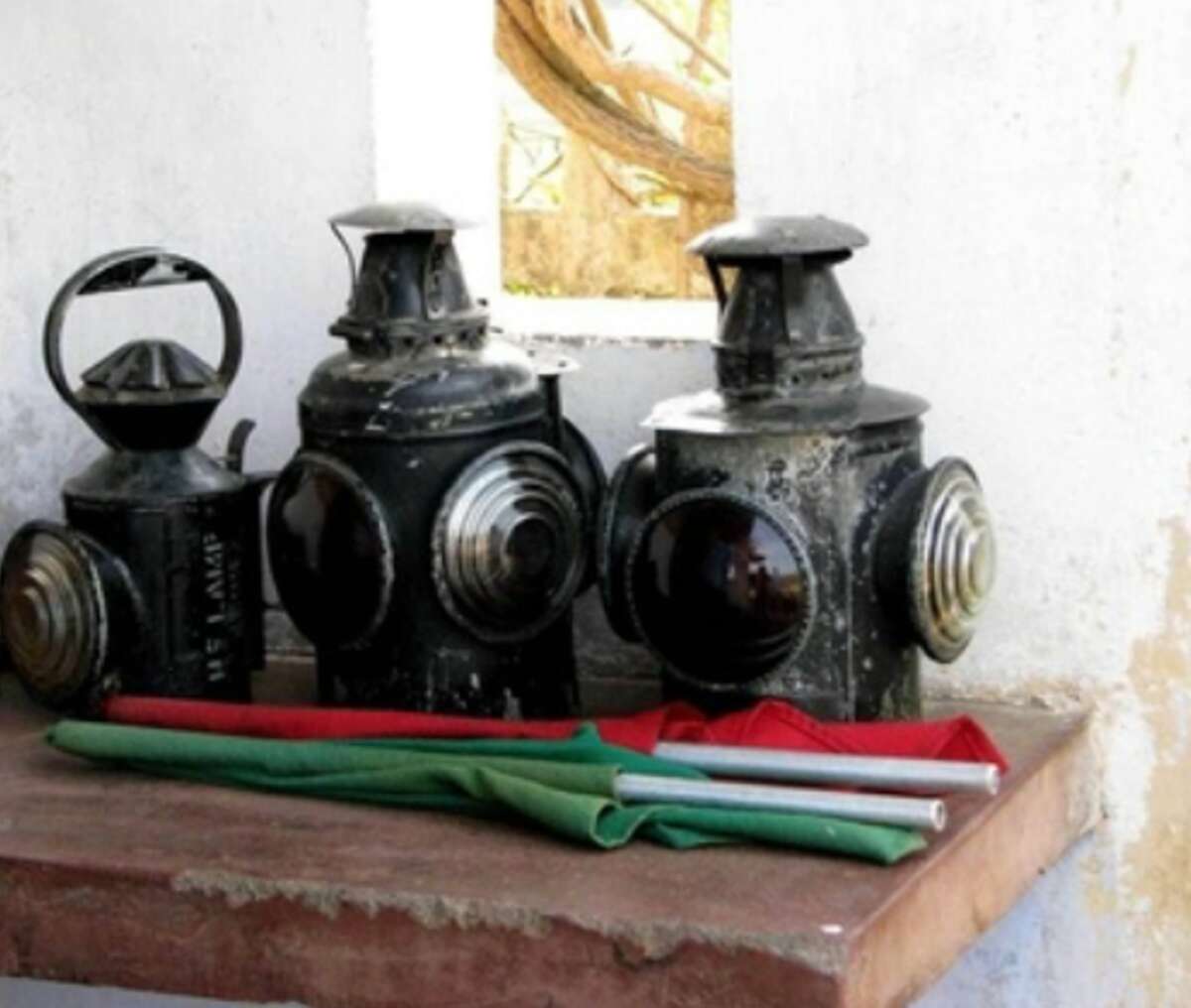The City of Destiny has a rich history of innovation and inventions. From ancient times to the modern era, many remarkable inventions of Vizag have shaped the world of science, technology, and engineering.
This article will take you on a journey through time, exploring some of Vizag’s intrepid inventors from the yesteryears. These inventions reflect the creativity, curiosity, and courage of the people of Vizag – those who dared to experiment and create. These inventions prove their diversity and adaptability, showing how they assimilated the new technologies that emerged in the Industrial Age. From simple devices that were used to find latitude at sea, to complex methods that helped dock and undock ships, here are some exceptional inventions from Vizag’s history!
The mid-1800s saw the dawn of the Industrial Age and the citizens of Vizag observed the first puffs of smoke from the steamers that replaced sailing ships on its horizon, the railroad was being built, telegraph, photography, major irrigation works like harnessing the Godavari, and early electrification figured proudly in their appreciation and desire to embrace the new technologies. There was also a growing interest in smaller-scale technologies like the sewing machine, wristwatch, radio, typewriter, bicycle, movie projection and ice making. Several inventions of interest had their origin in Vizag.
In 1850, the Madras Journal of Literature and Science had a paper presented by Captain H Congreve of the Madras Artillery that outlined the ‘Contrivances practised by Mariners of the Coromandel Coast in Navigating, Sailing and Repairing their Vessels’. Vizagapatam was a feature in this presentation as its mariners (fishermen in the main) used a simple and ingenious instrument for finding their latitude when fishing over the horizon.

A piece of thin board, oblong in shape, three inches long by one and a half wide, is furnished with a string suspended from its centre, eighteen inches long. Several knots are made in this string indicative of certain previously observed latitudes; in other words, coinciding with the positions of certain well-known places on the Coast. The position of these knots is obtained in the following manner… ‘The observer elevates the board in his left hand, its longest side being upwards, and draws it backwards and forwards in front of his eye until its upright length exactly corresponds with, or covers the space included between the polar star and the horizon. With his right hand, he next catches hold of the string and brings it to his nose, he makes a knot at the point where it touches that feature; and if he at the time be abreast of Point Palmiras, an undeviating index is afforded, which will in future show him when he is off that point, the North star’s elevation being always fixed, and therefore all the parts of the triangle formed by his line of sight, the string, and the distance between the polar star and the horizon or the length of the board, equally as constant’.
In the same paper, the Mud Docks of Vizagapatam are described. Scientific American again reported this practice in February 1890 and added that vessels of four or five hundred tons had been built and undocked at Vizagapatam using this method such as Gallant Neil and Lady Sale etc.

‘In the first instance, when a ship is to be docked, she is floated into a basin direct from the sea or inlet and then the entrance is closed. The basin is surrounded by a high mud bank which forms it. The level of the water in the basin upon which the vessel now floats is raised by scraping the mud from the banks into the basin, levelling it at the bottom of the water, and so raising the bottom of the basin which must of consequence elevate its contained water. This process is carried on until the ship is considerably higher than the level of the contiguous sea or inlet; the water is then suffered to run off, and two beams are placed transversely under the ship, stem and stern, resting on the new and exposed bottom of the basin. Perpendicular shores are then put to her, and the earth levelled until she is on the same plane as the adjoining ground’.
‘Undocking the ship from her elevated position, four sets of cables are used, each one is coiled into the shape of a solid cone, one fake or coil not touching the one beneath it, soft mud and sand being interposed between each layer as well as smeared all over it. One cone is placed under the starboard bulge forward, and another under the same bulge aft, a third and a fourth correspond in position on the larboard side; thus the four solid cones of rope support the ship. She is now gradually lowered by withdrawing from the base of each cone simultaneously a coil or fake, by which the four cones bodily subside, and the vessel along with them, resting as she does upon them. It might be conjectured that by removing the lower coil the superstructure would tumble down, but this is obviated by the solidity of the mass, each layer consisting of a solid flat coil of rope one circle round within another.’
In 1860, when the world meteorologists furiously debated the merits of a 5-inch or 8-inch diameter rain gauge, Vizag’s ingenious astronomer G V Jagga Rao, Zamindar of Vizagapatam, invented the use of a funnel having a diameter of 4.697 inches, which gives a receiving area of 17.33 inches. Since a fluid ounce of water contains 1.733 cubic inches of water, it follows that every fluid ounce collected by such a gauge represents a rainfall of 1/10 inch.

Glass measures for fluid ounces and fractions of ounces being readily obtainable in the shops, it was evident that a rain gauge constructed on Jagga Rao’s principles has claims on the score of simplicity and portability. The Victoria and Albert Museum in London exhibits this rain gauge in its collection of Scientific Apparatus.
In the late 1860s, a prominent Vizag businessman G L Narsingha Rao who had married into the Goday family contributed to the inventions of Vizag by championing the first detailed proposal for the construction of a harbour in Vizag and his Chief Engineer patented a ‘Single Rail Tramway’ to carry the large stones that were to be quarried from Ross Hill to construct the harbour.

A bullock cart with additional bearing wheels ran on the single rail and took all the weight, as the ordinary wheels served to steady the cart and prevent it from overturning. Two bullocks easily drew the cart, loaded with three (3) tons.
In July 1897, the Times of India reported the invention of Paran Chandra Chatterji, Depot Storekeeper East Coast Railway, Waltair who perfected a railway tri-colour hand signal lamp to be called the ‘perfect hand signal lamp’. The lamp enabled the railway guards to signal red, green or neutral lamp signals in the dark when the waving of similar coloured flags was impractical on dimly lit railway platforms.

The ubiquitous punkah-wallah became the inspiration for many an inventor as automating his role became a challenge for the mechanically inclined. Many inventors developed mechanisms based on a counterweight turning a flywheel with gears and levers.

The Statesman of July 1901 reported such a patent application by Henry Wallace Woods, Managing Director of the Vizagapatam Bone Mills Company, Vizagapatam, Madras Presidency who had invented a self-acting punkah-pulling machine.
Each invention aimed to fill a perceived need for the times, and so it was with the most dubious of inventions from Vizag. In 1873, man-eating tigers were creating a furore in Vizagapatam. The Governor of Madras appointed Captain St George Caulfield, Superintendent of Police in Coimbatore, to hunt down and destroy the tigers in Vizag. The Madras Times reported that a Mr Croom had invented a ‘tiger-slayer’s armour’.

The Madras Times reported that it had seen a man clad in the armour, and gave the following description of it: – “ This ‘armour’ consists of a canvas dress, to which strips of leather closely studded with sharp iron spikes are fastened, and the idea is that the tiger would be so horribly frightened by the prospect of pricking his toes or hurting his gums upon these spikes that it would immediately run away. The drawback to this is that the tiger might not run away, in which case the armour-clad sportsman would be ‘up a tree’ in quite the wrong sense. It may readily be admitted that a man attired in this armour would be more difficult eating than another, but in other respects, the armour would be decidedly in the tiger’s favour. Just fancy an unfortunate sportsman falling on his back, and his hundred or so of three-inch spikes striking deep into the ground. Why, he would take root, and would well be a fixture while the tiger plucked and carved him alive at his leisure. Mr Croom does not, we believe, intend to go forth to meet tigers in hedgehog panoply himself, but he is willing to dress up a calf in armour, and put it into a tiger’s cage to demonstrate the deterrent effect of spikes!”
These inventions stand as a reminder of the great minds at work in Vizag from time immemorial, tirelessly helping create technologies serving its citizens.
Should you have an anecdote or history on Vizag, the author would appreciate you contact him on jcastell@ozemail.com.au.
Written by John Castellas whose family belonged to Vizag for 5 generations. Educated at St Aloysius, migrated to Melbourne, Australia in 1966, former General Manager of Engineering at Boeing & Qantas Airways, in retirement Lecturers in Aviation Management at Swinburne University and is a Vizag aficionado.
Stay tuned to Yo! Vizag website and Instagram for more Visakhapatnam stories.










Discussion about this post